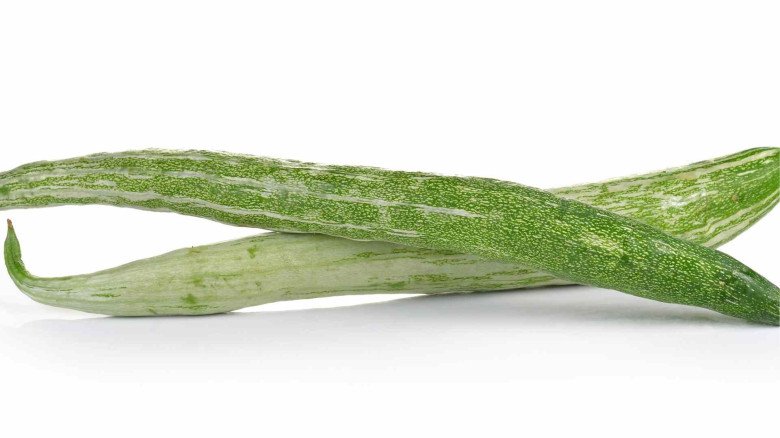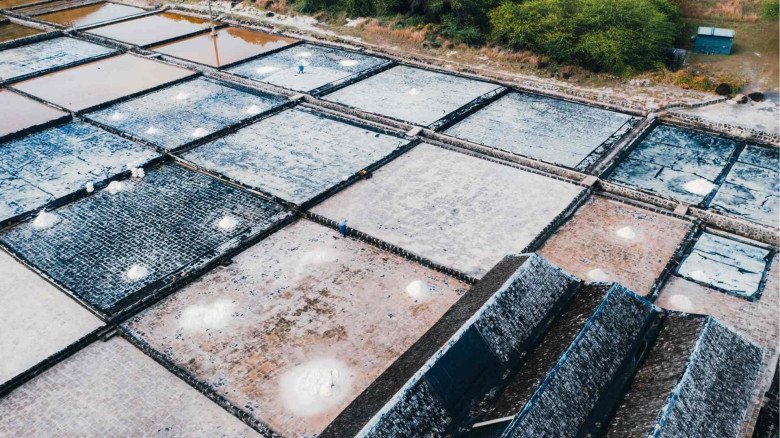India's Greenhouse Farming Sparks a Sustainable Agriculture Revolution
Introduction
Greenhouse farming, also known as playhouse farming, is transforming the agricultural landscape in India. This innovative technique creates a controlled environment, shielding crops from harsh weather and pests while harnessing sunlight for growth. Its significance is evident as it enables year-round cultivation, protects against extreme weather events, and even allows for the growth of non-native crops. With advanced technology, India is at the forefront of this agricultural revolution, utilizing climate control systems, hydroponics, and automated irrigation. Greenhouse farming offers numerous benefits, from increased yields and efficient water usage to reduced chemical dependency and land conservation.
1. The Wonders of Greenhouse Farming : Greenhouse farming, a modern agricultural practice, involves cultivating crops within controlled environments made of glass or plastic. This method shields crops from adverse weather conditions and pests, while still allowing sunlight to nurture their growth. It is a game-changer for Indian agriculture, offering year-round cultivation, weather protection, and the opportunity to grow exotic crops in diverse regions.
2. The Tech-Savvy Approach : India has embraced cutting-edge technology in greenhouse farming. Climate control systems, hydroponics, and automated irrigation ensure the ideal conditions for crop growth. This approach increases crop yield, reduces water usage, minimizes chemical dependency, and optimizes land use. As a protective barrier against natural disasters, greenhouse farming is especially vital in climate-vulnerable areas.
3. The Thriving Commercial Market : India's commercial greenhouse market is booming, driven by the demand for fresh produce year-round. Entrepreneurs and investors find this a lucrative business opportunity. Greenhouse farming, though initially challenging, offers the potential for significant profits and access to new markets.
4. Government Subsidies for Success : Greenhouse farming requires a substantial initial investment. However, the Indian government offers valuable subsidies, such as the "Greenhouse Farming Subsidy" program, to promote eco-friendly and efficient farming. Familiarizing yourself with these subsidies is crucial for sound financial planning.
5. Crops for Prosperity : Certain crops excel in greenhouse cultivation in India. Exotic vegetables, herbs, and high-value flowers are in demand both domestically and internationally. When managed effectively, greenhouse agriculture can be highly profitable, commanding premium prices for off-season produce.
6. Going Organic for a Greener Future : With the rising demand for sustainable agriculture, organic greenhouse farming is gaining momentum. This practice ensures chemical-free produce, meeting the increasing demand for organic products.
7. Large-Scale Potential : Large-scale greenhouse farming caters to commercial needs and contributes significantly to India's food demands. Government subsidies and training programs empower entrepreneurs with the knowledge and financial resources to meet these demands, making it a flourishing business opportunity.
8. Greenhouse vs. Traditional Farming : Compared to traditional open-field farming, greenhouse farming offers better crop control, protection, higher yields, and reduced water consumption. While it demands a higher initial investment and technical expertise, the long-term benefits make it a compelling choice
.
Conclusion
Greenhouse farming has revolutionized crop cultivation and food security in India. With government support for sustainable farming methods, it promises a prosperous future for agriculture. This technology can create a thriving ecosystem benefiting farmers, consumers, and the environment, ensuring a sustainable and profitable agricultural landscape for India's future.
-logo.webp.png)
.jpg)
-logo.webp.png)

































Leave A Comment